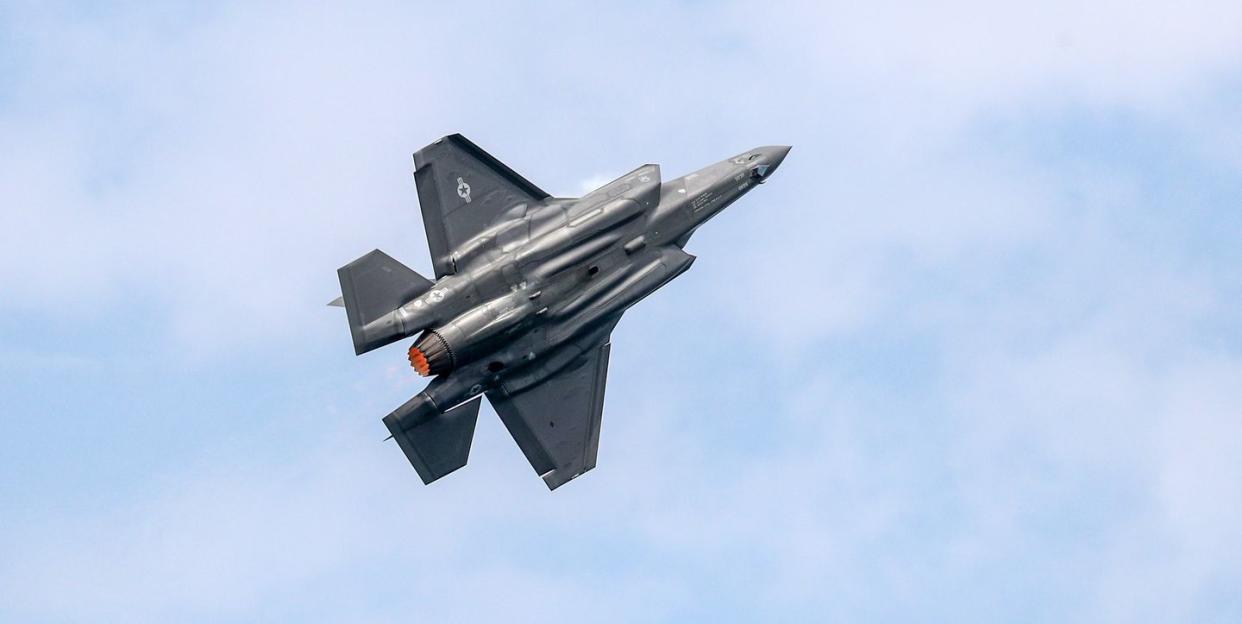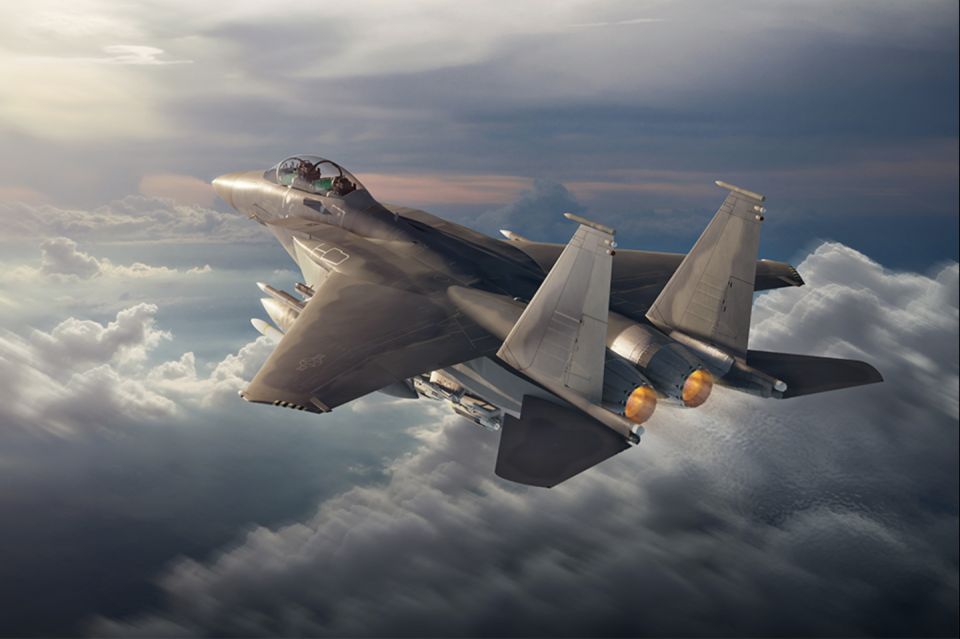F-35 Fighter Pilots Might Soon Fly With Robotic Wingmen

The U.S. Air Force is investigating how to control unmanned drone from its latest fighter jets, the F-35A Joint Strike Fighter and the F-15EX. The unmanned fighters would act as wingmen to manned fighters, scanning the skies for aerial threats. The program would also capitalize on the Air Force’s Skyborg artificial intelligence system and the new XQ-58A Valkyrie drone.
Under the concept, future versions of the F-35A Joint Strike Fighter and F-15EX Eagle would be equipped with the hardware and software to control multiple semi-autonomous drones. The drones would accompany manned fighters into combat, flying ahead of them with their radars switched on to detect enemy planes. Meanwhile, the manned mothership fighter would operate with its radar turned off, making it harder to detect. Once the drones detect an enemy target, the pilot can launch missiles.

The robotic wingmen in the Air Force’s scenario are XQ-58A Valkyrie unmanned drones built by Kratos Defense and outfitted with the Air Force’s Skyborg artificial intelligence system. Skyborg is being designed to act either as a robotic co-pilot assisting a human pilot in operating his aircraft or as a system to control a drone like the XQ-58 in combat.
The wingman concept is intriguing, because, as Defense News explains, the Air Force can go from a formation of four manned fighter jets all armed with radar and missiles to a flight of four manned and unmanned jets, including three radar-equipped drones and one manned fighter jet armed with radar and missiles. Scaled upward, four manned jets can now control 12 umanned jets, allowing the Air Force to put more planes up in the air without increasing the number of pilots it needs.

The XQ-58 can fly at high subsonic speeds, carry a payload of 500 pounds, and fly up to 1,500 miles. It’s clear that for now the Air Force is thinking such a payload would be a radar or infrared sensor, but once the ethics of drones firing on humans is worked out-if ever-the payload could include air-to-air or air-to-ground weapons.
According to Defense News, an aircraft/drone combo could be ready for flight as soon as 2023, the same year that improved F-35s with refreshed computers and electronic systems will begin rolling off assembly lines.
Source: Defense News
('You Might Also Like',)

